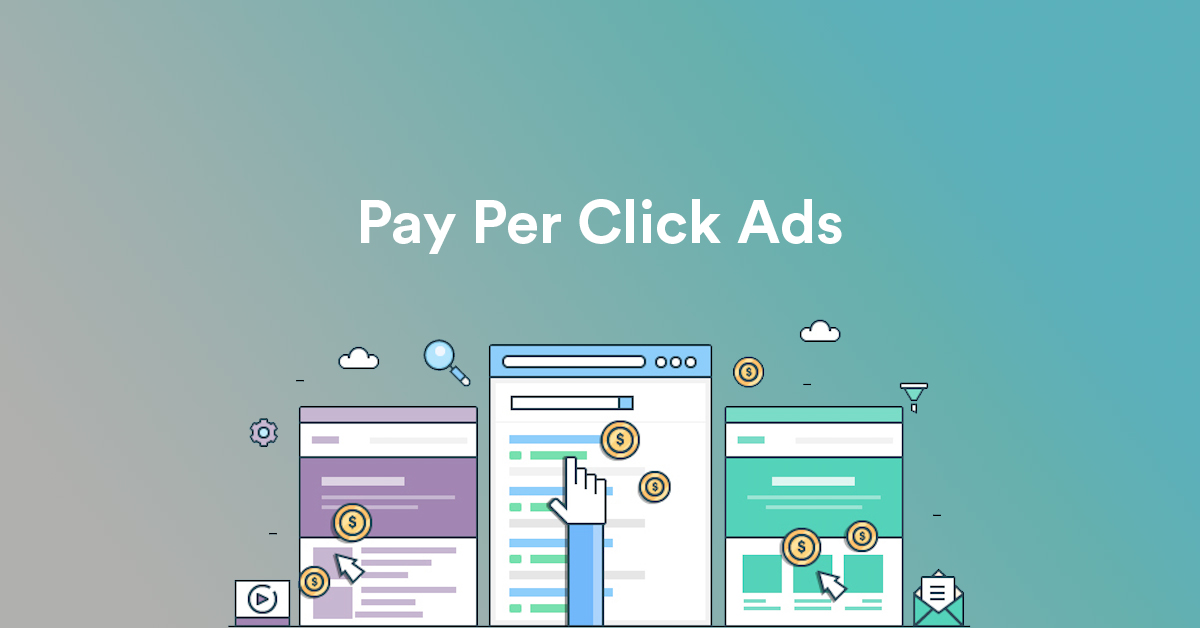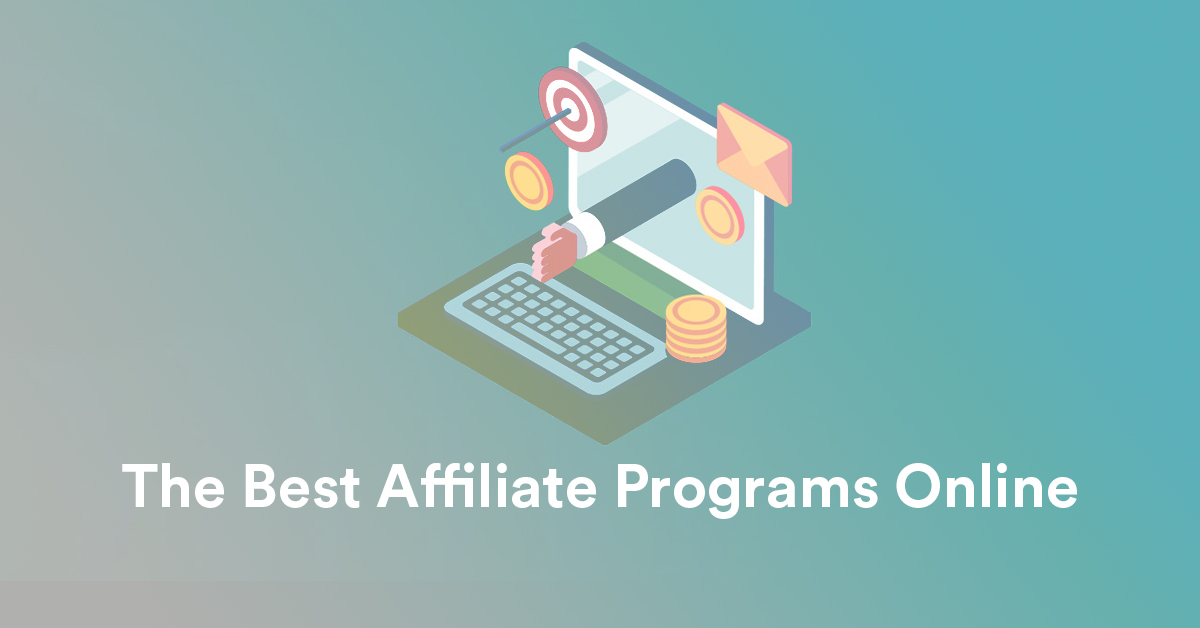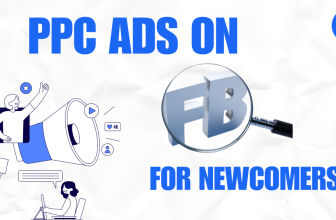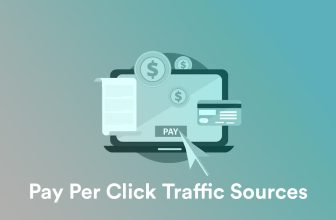
PPC Ads are a big part of affiliate marketing nowadays. To those not familiar with affiliate marketing, it is a form of online advertising where an advertiser (the person who has products to sell) pays someone else (an advertiser) for bringing them leads or getting them sales. In most cases, that means paying per click or earning per impression (of the ad).
PPC stands for pay-per-click. It is not the only way to pay for advertising, but it has proven itself to be one of the most lucrative if done right.
When somebody clicks on an ad, that click triggers a conversion (a sale or lead). You get paid for that click.
What Are PPC Ads?
PPC, or paid search advertising, is an effective marketing strategy that allows advertisers to reach a large audience by targeting specific keywords and phrases. Many different types of PPC ads exist. For example, if you’re selling a special at your store, you might advertise on Google Maps to users nearby. When it comes to purchasing these ads, they can be bought through Google Ads self-serve platform or through an agency.
PPC ads are quite popular and their popularity is rising year by year. The reasons behind that are simple:
- PPC is a fast tactic, compared to other traditional advertising mediums.
- It’s more precise, in terms of demographics targeting.
- You can see your results in real-time so you can quickly optimize the campaign.
- It’s not expensive.
- The average cost per click is easy to calculate, so you never overpay.
- It’s safe advertising since Google has a strict policy for their ads policies.
What Kind of PPC Ads Types Are There?
PPC ads come in a variety of forms and can be purchased through different platforms. For example, Google Ads allows advertisers to purchase ads that show up above search engine results or on the side of Google’s page. Since these are paid ads, their prices are determined by a site’s Quality Score. To ensure the ads blend in, they’re meant to be immediately relevant and can’t have flashy animations or images.
Similarly, Bing also offers PPC ads that show up on their search engine results page. Advertisers must bid on keywords in order to have their ad appear when a user searches for that specific keyword. In addition to these two search engines, social media sites, such as Facebook and LinkedIn, have forms of PPC ads where users can target their audience based on interests and demographics.
Lastly, paid ads can also be bought through agencies. These platforms include a variety of different options so you know exactly what you’re getting for your money.
PPC ads are commonly categorized by their function, whether it’s to drive phone calls, email subscriptions, or website visits. There are ads for location targeting, social networks, and others. You might have even heard of Facebook ads, Twitter ads, LinkedIn ads, or Instagram ads. These are all examples of paid ads that you can purchase.
How to use each type of ad effectively and efficiently?
These are some of the questions that need to be answered regarding PPC ads. The use of each platform will depend on your goals. For example, if you want to get more email subscribers, then you might buy ads through mail service providers like Aweber or MailChimp. It’s important to choose an ad platform that provides clear and simple instructions for users on how to set up and optimize their ads.
PPC ads can be split into two main categories: contextual ads and search network ads. Contextual ads are those that appear as part of the webpage content, such as those seen on Google Ads or Bing Ads. These may include traditional text-based ads as well as rich-media ads (which include interactive features like videos, animations, and images). Search network ads are those that appear in search engine results.
Today many people use PPC to improve their site’s overall visibility on Google or Bing. This is done through search engine optimization (SEO), which helps websites rank higher in each search engine’s search results. When a user searches for certain keywords, the site appears above organic (non-paid) search results and sometimes even display ads that lead directly to the site.
How to choose the right keywords for your campaign depending on your industry, business goals, or budget?

You need to identify which keywords you want your ad to show up for and start with those. It’s important to know what the general cost per click is within your industry, so you can track how much each keyword will cost you and if they’re generating a positive return on investment (ROI). To do this, use tools like Google Trends.
After choosing the keywords you want to use, you then need to create a campaign that will contain your ad. You’ll also need to set a daily budget for the campaign and determine when it should end.
Finally, you can write an ad copy that entices users to click on it and go to your site. When writing an ad, you want it to be compelling and accurately describe the product or service you’re promoting in a way that clearly states who you are and what you do.
Where To Buy PPC Ads?
There are many different PPC ad platforms to choose from, including Google Ads and Bing Ads. These can be accessed through each company’s main website. There are also paid ads that can be purchased through agencies like Facebook, Linkedin, Twitter, and Instagram.
Conclusion
PPC ads are those that advertisers pay for to have their website or offer appear in a designated space on another company’s website. These ads can be found all over the internet, including Google Ads, Bing Ads, social media sites like Facebook and LinkedIn, and through agencies. There are various types of paid PPC ads that effectively drive traffic to a website depending on what the advertiser is promoting.
These days, it’s best to use search engine optimization (SEO) techniques in conjunction with paid ads to raise site rankings and receive organic visitors for free. PPC ads can be an effective tool for driving traffic to your site, but they should not be the only method used. SEO or organic search is still the preferred way to go because it comes without any restrictions, unlike PPC ads.
You can learn all of this and more by visiting the iAmAffiliate premium forum. Where there are thousands of guides similar to this one available to anyone that joins!







